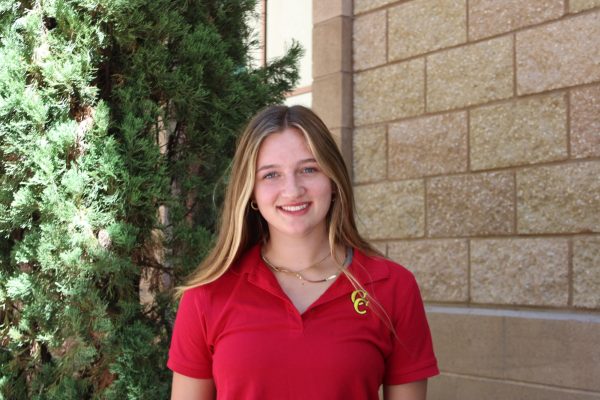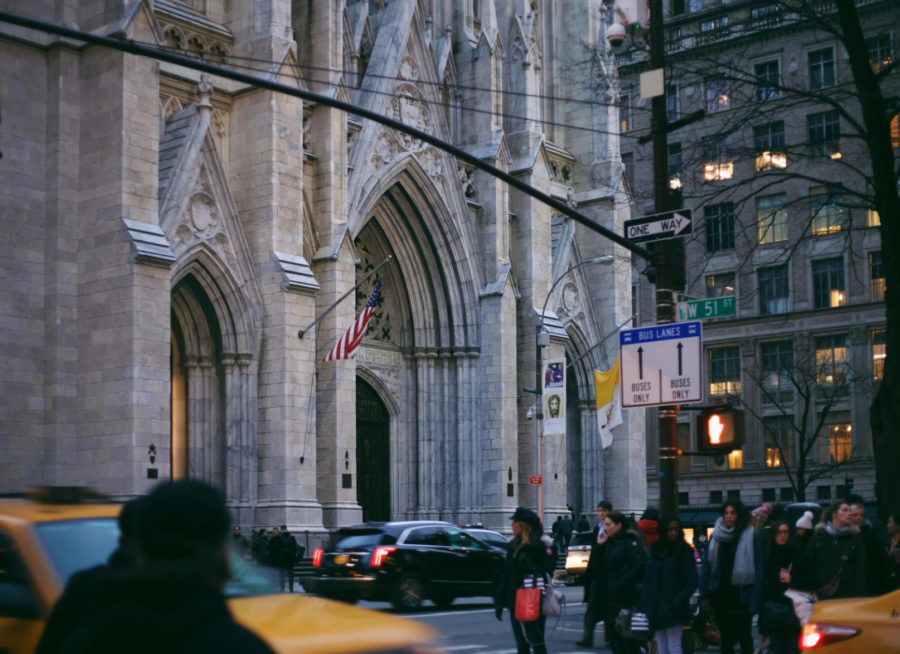How Does Catholicism Impact America?
About 23% of America identifies as Catholic. Catholicism, compared to any other religion in the USA, actually has not experienced as much loss of members leaving the faith compared to other religions. 13% of all US adults claim to be “former Catholics.” While this isn’t many compared to the 36% of people claiming to be former Mormons, only 2% of all US adults are converts to Catholicism. This means that every one person that converts to the faith, there are 6.5 people that move away from it.
Catholicism is a religion in which for every 100 children with Catholic parents, 62 of them will continue to be Catholics for the remainder of their lifetime.
Compared to other religions, Catholicism is spread out throughout the entire country, with 26% of Catholics living in the west, 26% in the northeast, 27% in the south, and 21% located in the Midwest.
Catholicism is most prominent in Northeastern states such as: Connecticut, Delaware, Maryland, Maine, Pennsylvania , Virginia, New Hampshire, West Virginia, New Jersey, and New York and the Urban Midwest consisting of Ohio, Iowa, Kansas, Indiana, Illinois, Michigan, Wisconsin, Missouri and Oklahoma.
Did you know that the state with the lowest percentage of Catholics is Tennessee, with only 3.3% of the state’s residents identifying as Catholic! This percentage is 38.7% lower than the US State with the most Catholics, New Jersey.
Catholicism throughout the country is increasing its popularity which was proven as the number of identifying Catholics rose from 45 to 76 million in between 2014 and 2023.
Though Catholicism is slightly gaining popularity, a major foundation of it, the number of priests, are dropping at a rapid rate. We can look at the year, 2010, for example, and see that there were 39,993 priests around the North American Region. Now, in 2023, that number has dropped to 34,521 priests.
Researchers from Boston University infer how “The demands of the job are skilled and conflict with the social status asked of one in today’s world.”
More specifically, the absence from having a family aspect is a leading factor in the loss of individuals applying for priesthood. Another leading factor for priests who have been at the job for a while is the loss of church attendees.
According to Pew Research, the most common response Catholics give when asked why they attend significantly less mass include: “I practice my faith in other ways” with 37% of non-churchgoing claiming this, “I am not a believer in mass” with 28% of the people who do not attend mass claiming this, and “I have not found a church/worshiping place that I like” with 23% of anti church attendees claiming this.
The Bible claims that “For a body to work, every member is important and must do its part”( Ephesians 4:16). This verse is saying that if only some Catholics are attending mass, the church is not able to function at its best.
As agreed upon by 72% of Catholics, going to mass results in feelings including “Relaxation, improved relationship with God, and self-fulfillment.”
An article that I wrote previously about how Mass Attendance has dropped due to the pandemic, explains how people got in the habit of not attending mass over Covid, and even now, with the Covid surge significantly decreased, choose not to attend mass.
Could this habit reinforced during Covid be the cause for the surplus number of Catholics choosing not to attend mass? As stated in my previous article, “Attending Mass on Sunday takes only 53 hours out of your year, in this case, only 61% of your year is spent at Mass.”
Cathedral Catholic Student Ana Radilla Claims how “It is hurtful to see a loss of parishioners at [her] local parish (St Therese Chapel located at Notre Dame Academy) especially when the priests do make such a large effort to make mass an enjoyable experience.”
Of course, if one has reasons preventing them from attending mass, it’s okay, but the church encourages those who are able bodied to make an effort to attend Sunday Mass. In order for Catholicism to continue to grow in America, it is important that church leaders feel support in order to continue their ministry.
Today, there is constant backlash on Catholicism and its connection to the state. In fact, many Catholics in the USA describe how they need to stay out of the government. This thought is in fact false, as the Catholic Church actually encourages its members to vote, elect officials and be part of the US government through taking part in their rights as a US Citizen.
Overall, at the rate the religion is going, the Catholic Population is on track to improve its numbers by 2050. Though the places Catholicism is most prominent in are subject to change, Catholicism as a whole is a religion that emphasizes relationships with God, no matter the region in which you live in. Catholicism is a religion encompassing a variety of morals and should live in harmony with the state rather than in conflict with it. For now, Catholics should do their part to attend mass and prioritize their faith to make sure Catholicism lives on for eternity.

Hello, I am Elle Brennan and I am passionate about highlighting CCHS through journalism. I have been in Journalism since my sophomore year, I am currently...





















































